Containers
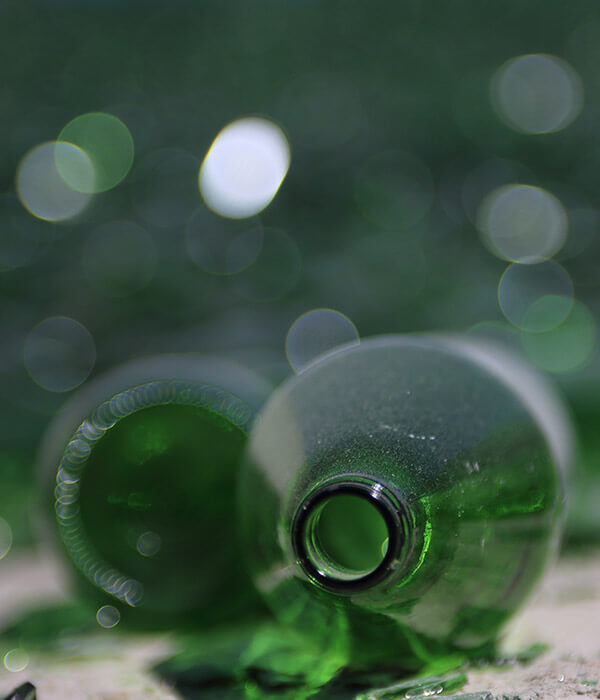

Glass containers are made from materials that include sand, soda ash, limestone and cullet.
Furnace-ready recycled glass, also known as cullet, is used the production of new glass containers. Cullet offers many advantages over other raw materials used in container manufacturing. Strategic Materials provides the highest quality cullet available on the market.
Why should you use glass cullet from Strategic Materials?
Strategic Materials production processes utilize different types of equipment in series to process the various types of inbound material to meet and exceed our customer specifications. We use the latest technology to produce the highest quality cullet and our continuous improvement initiatives ensure we don’t rest on our laurels. When you work with Strategic Materials, you also benefit from our nationwide network that brings materials closer to you.
- Crushers and screens are used to size the material to a course 5/8” size, which is the standard size used in the container industry.
- Optical sorters are used to separate the various glass colors from each other (clear glass from brown from green) and sorters are also used to separate ceramic and stone contamination from good glass. Additional machines in mathematical sequence work to polish the product to the desired specification.
- Magnets of all types and vacuum systems are used to further clean up the glass stream by removing ferrous and non-ferrous metals and light material (paper & organics) from heavier glass fragments.
Benefits of recycled glass
Manufacturers benefit from using recycled glass in several ways.
Recycled glass reduces emissions and consumption of raw materials, extends the life of plant equipment such as furnaces, and saves energy. Recycled glass can be substituted for up to 95% of raw materials and reduces costs for manufacturers while also benefiting the environment—a nice marketing feature.
- Requires less energy: It is generally asserted that cullet requires 25-30% less energy to melt than virgin batch materials.
- Lowers air emissions and reduces carbon footprint: One ton of carbon dioxide is reduced for every six tons of recycled container glass used in the manufacturing process.
- Helps protect the environment: Cullet reduces the need for precious raw materials and the water used to extact them. Using 1 ton of cullet replaces the need for 1.2 tons of raw materials. Also, recycling glass saves landfill space and helps extend their life.
- Supports recycling: Consumers are looking for higher percentages of recycled content and recognize the value of a closed loop recycling process.
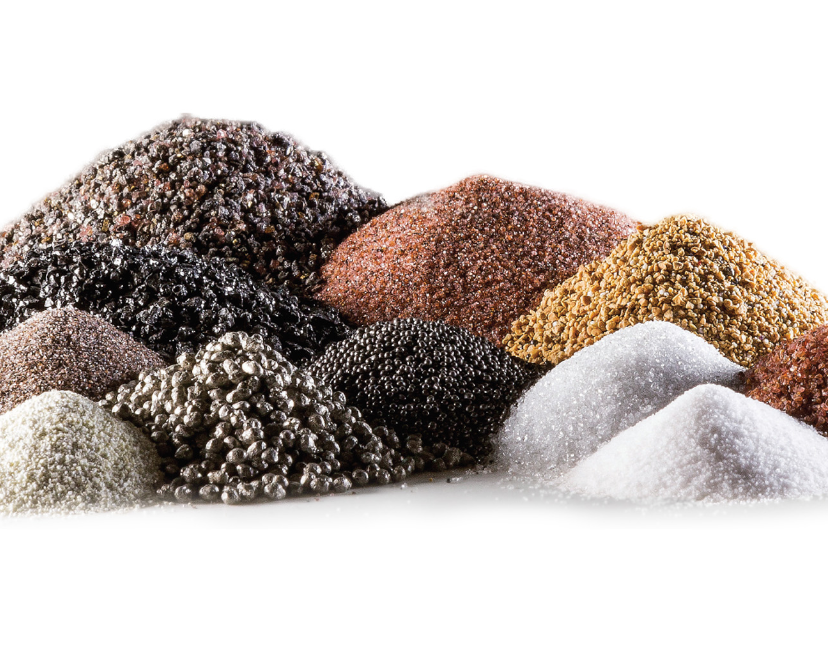 Sandblasting Abrasives
Sandblasting Abrasives
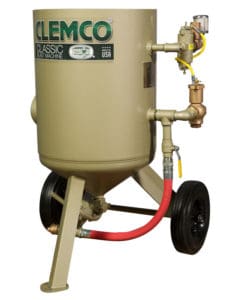 Blast Pot Machines
Blast Pot Machines
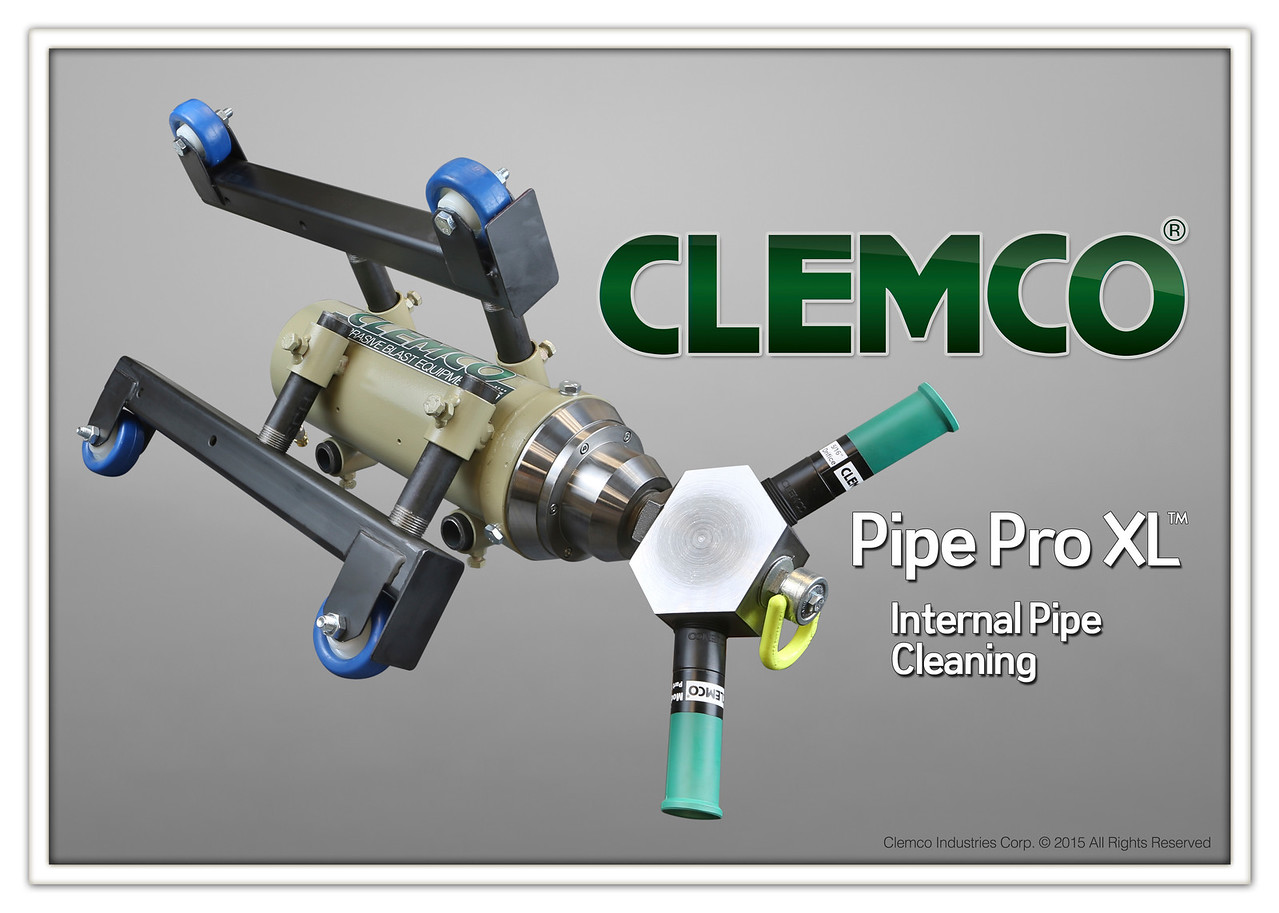 Alternative Blasting Machines
Alternative Blasting Machines
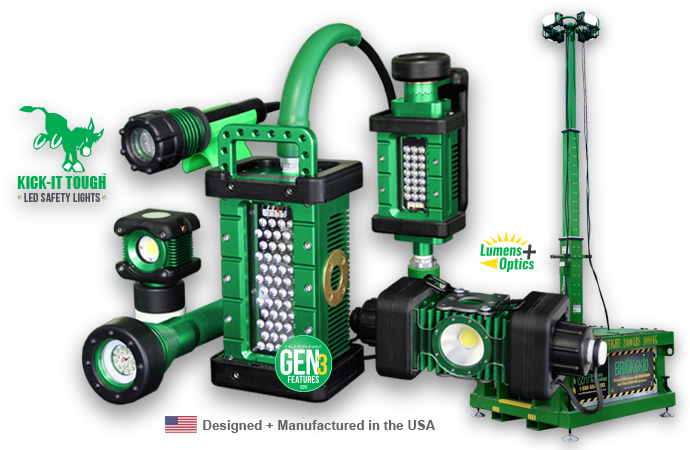 Blast Lighting
Blast Lighting
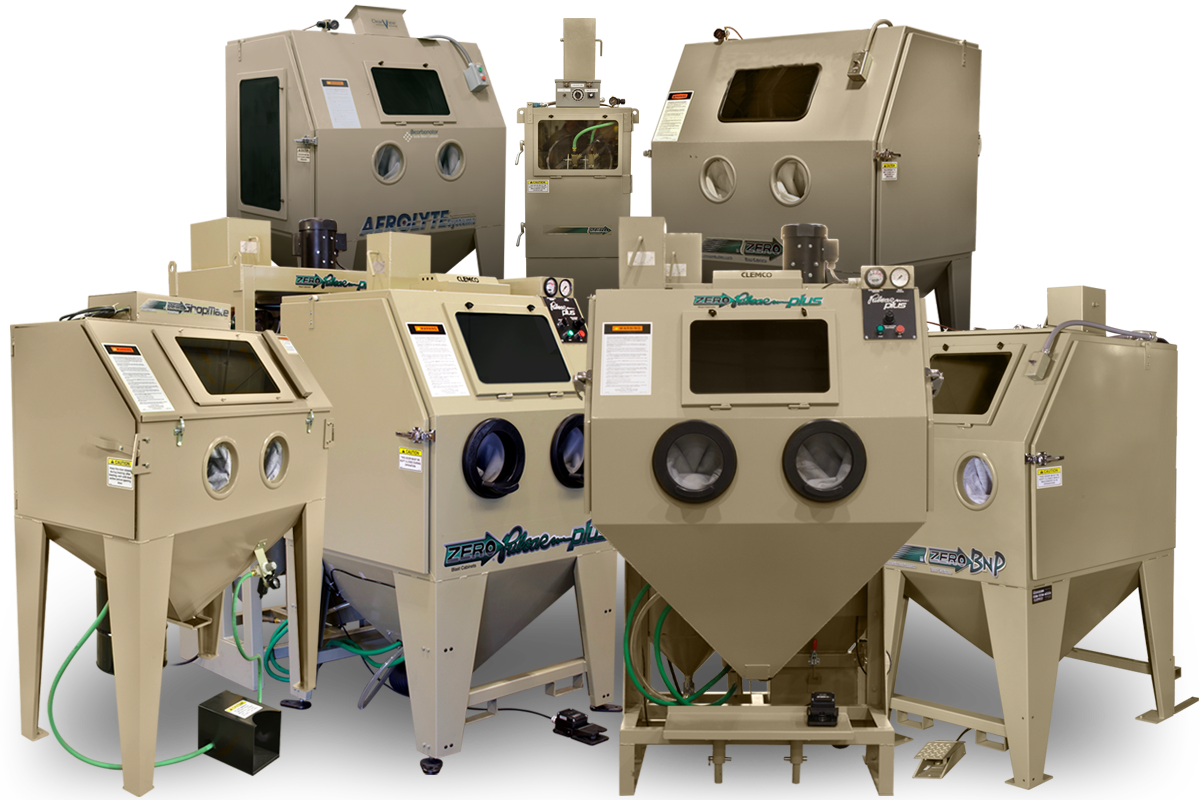 Blast Cabinets
Blast Cabinets
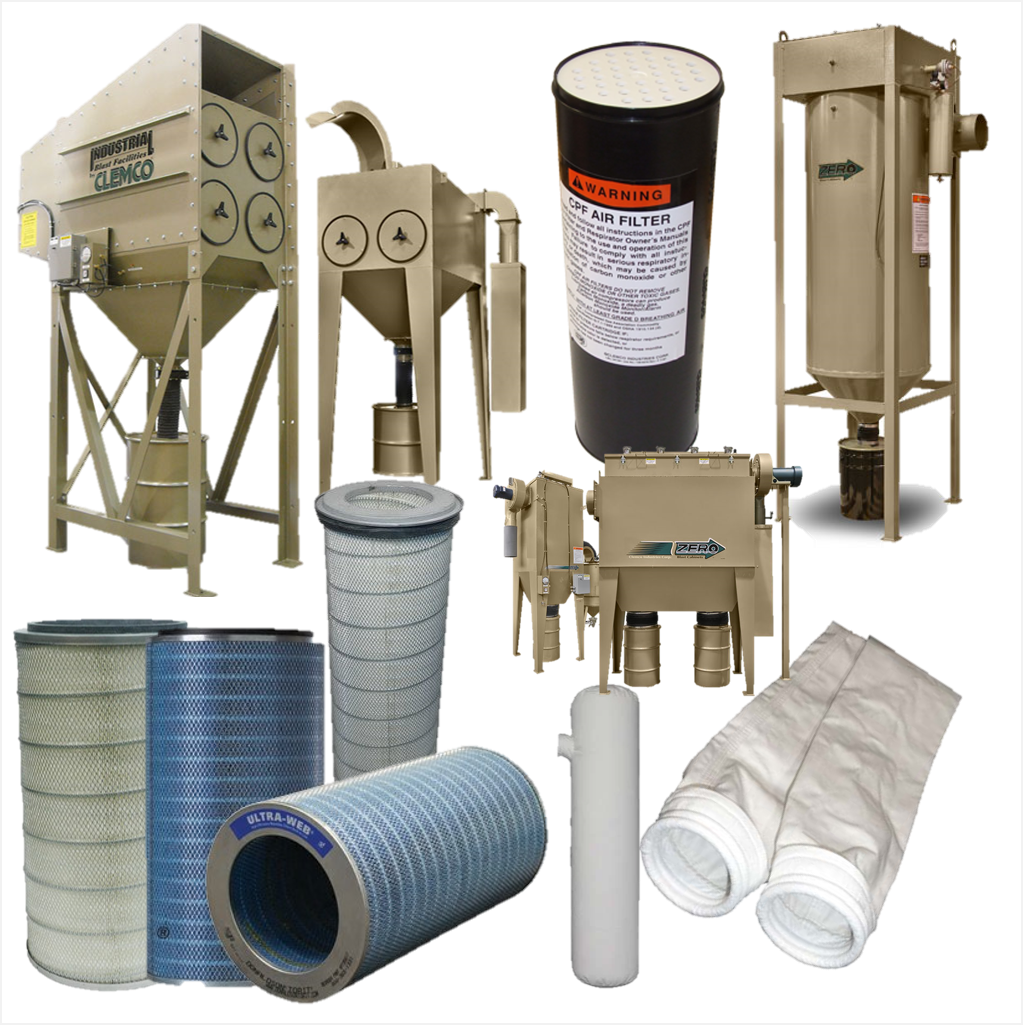 Dust Collectors
Dust Collectors
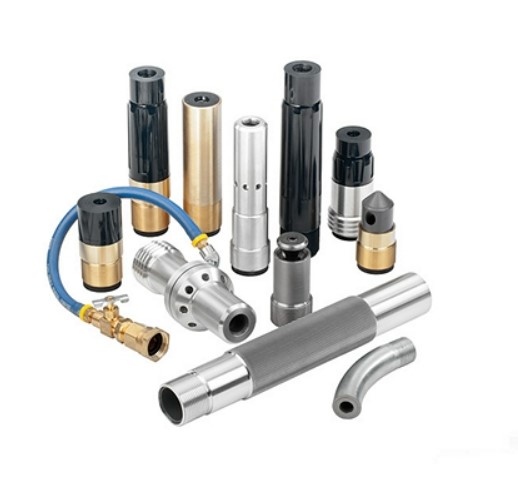 Blast Nozzles and Holders
Blast Nozzles and Holders
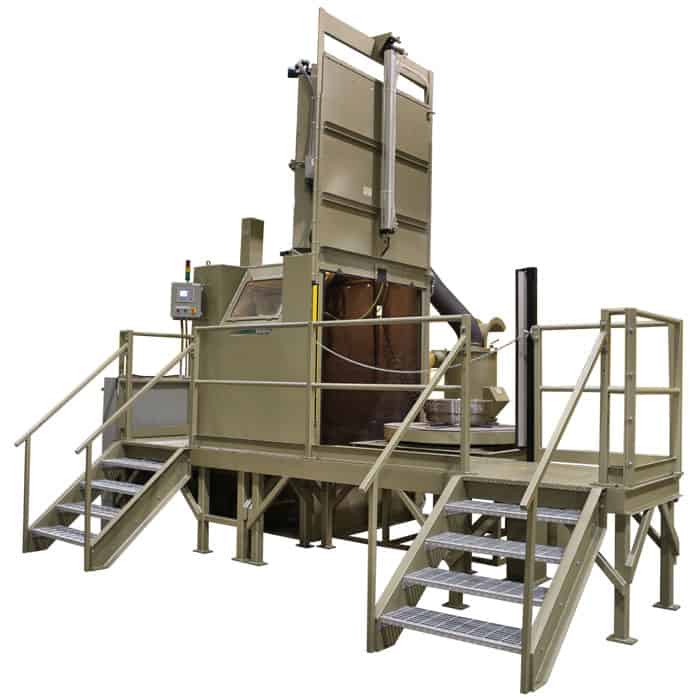 Automation
Automation
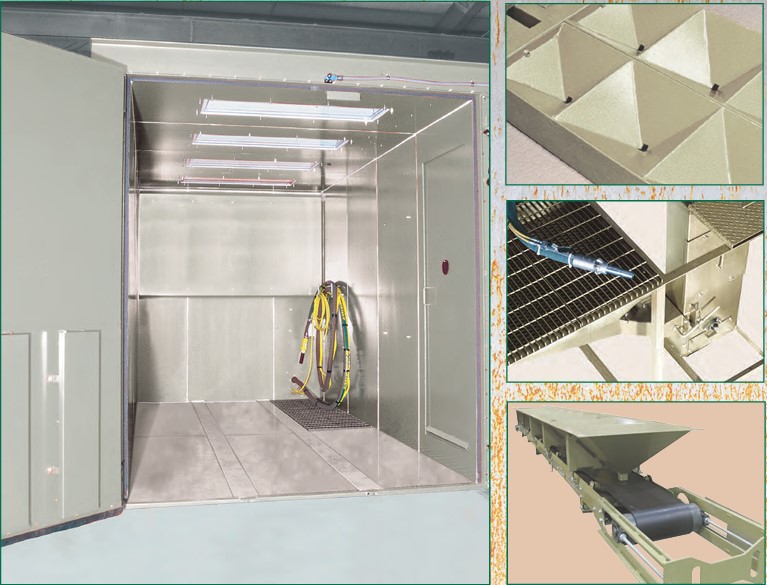 Industrial Blast Facilities
Industrial Blast Facilities
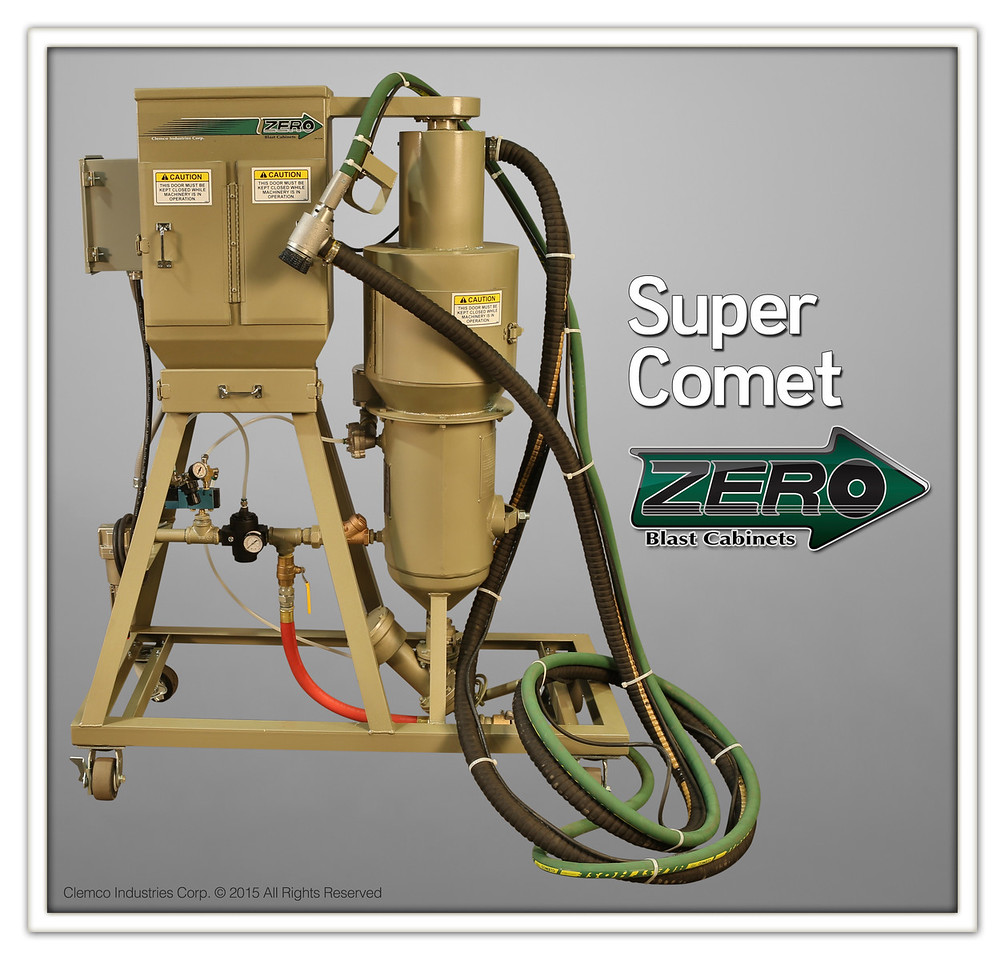 Specialty Equipment
Specialty Equipment
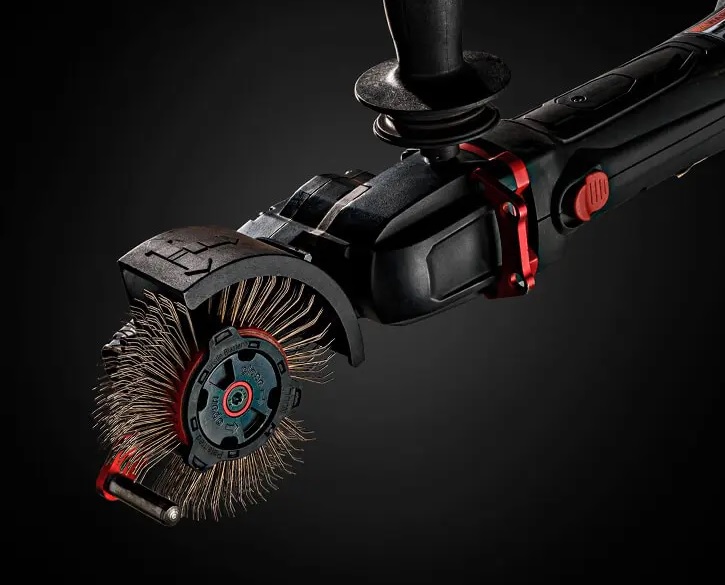 MontiPower Surface Equipment & Parts
MontiPower Surface Equipment & Parts
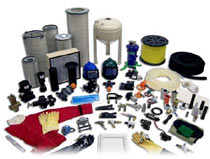 Replacement Parts & Supplies
Replacement Parts & Supplies
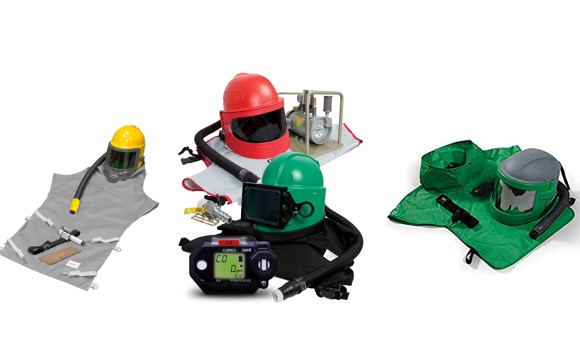 Blast Helmets & Accessories
Blast Helmets & Accessories
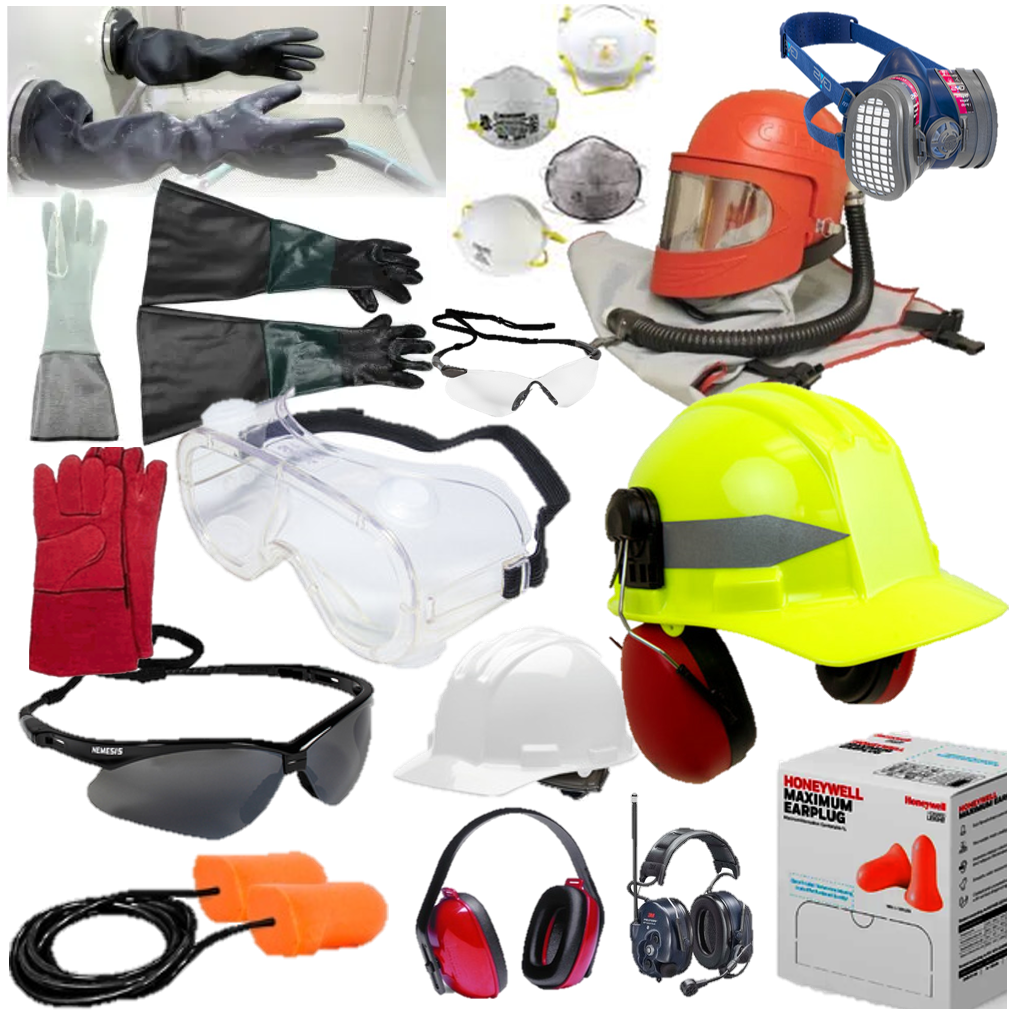 Safety Accessories
Safety Accessories
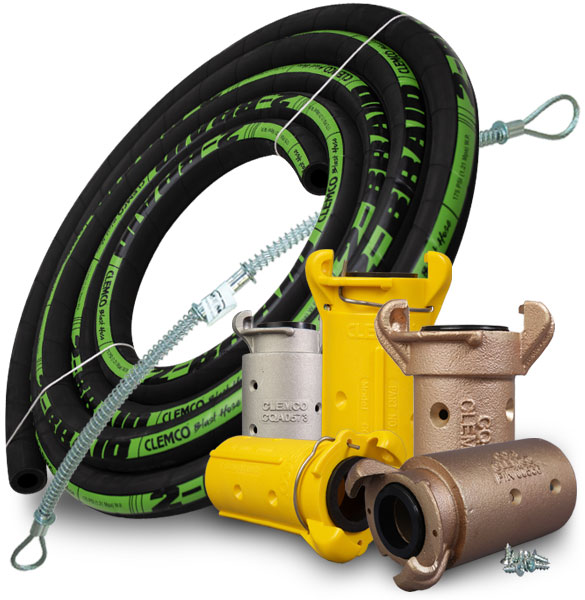 Hoses and Couplings
Hoses and Couplings
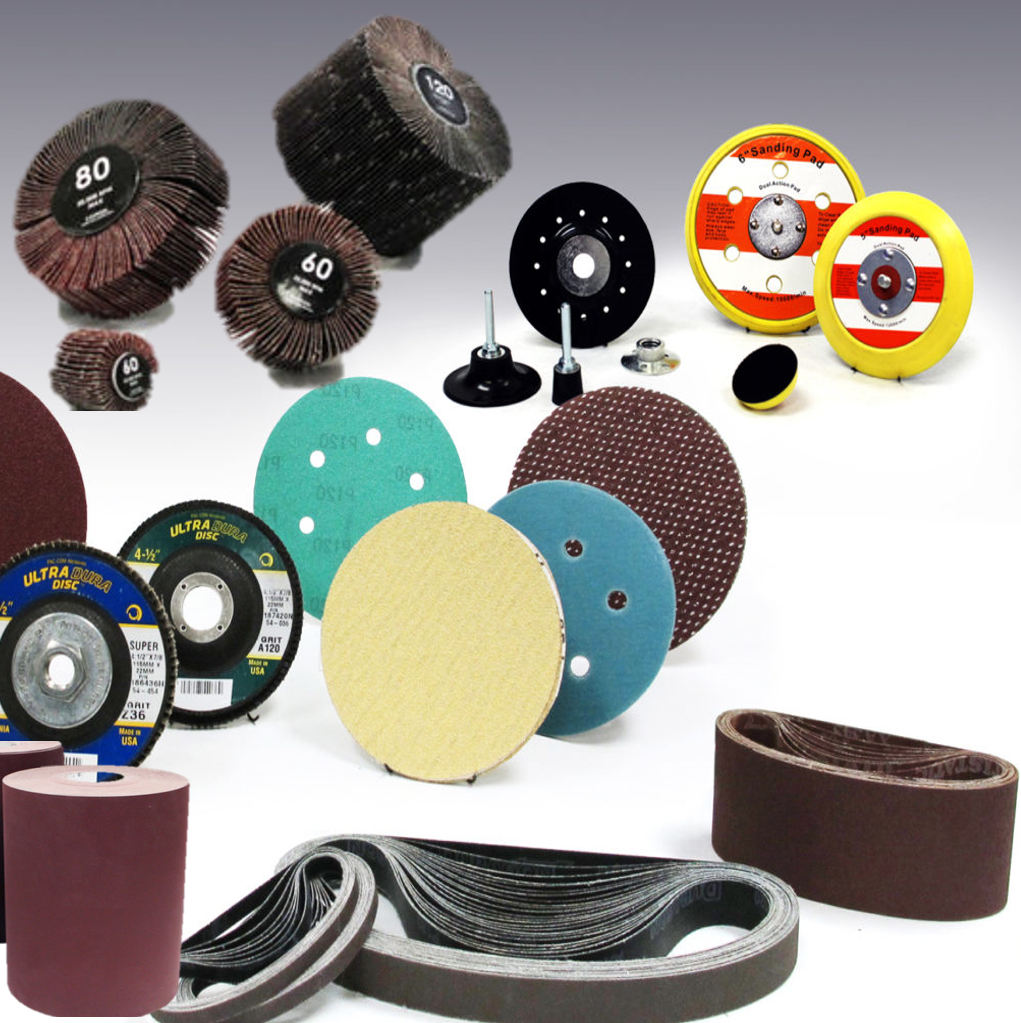 Abrasives Sanding Belts and Disc
Abrasives Sanding Belts and Disc
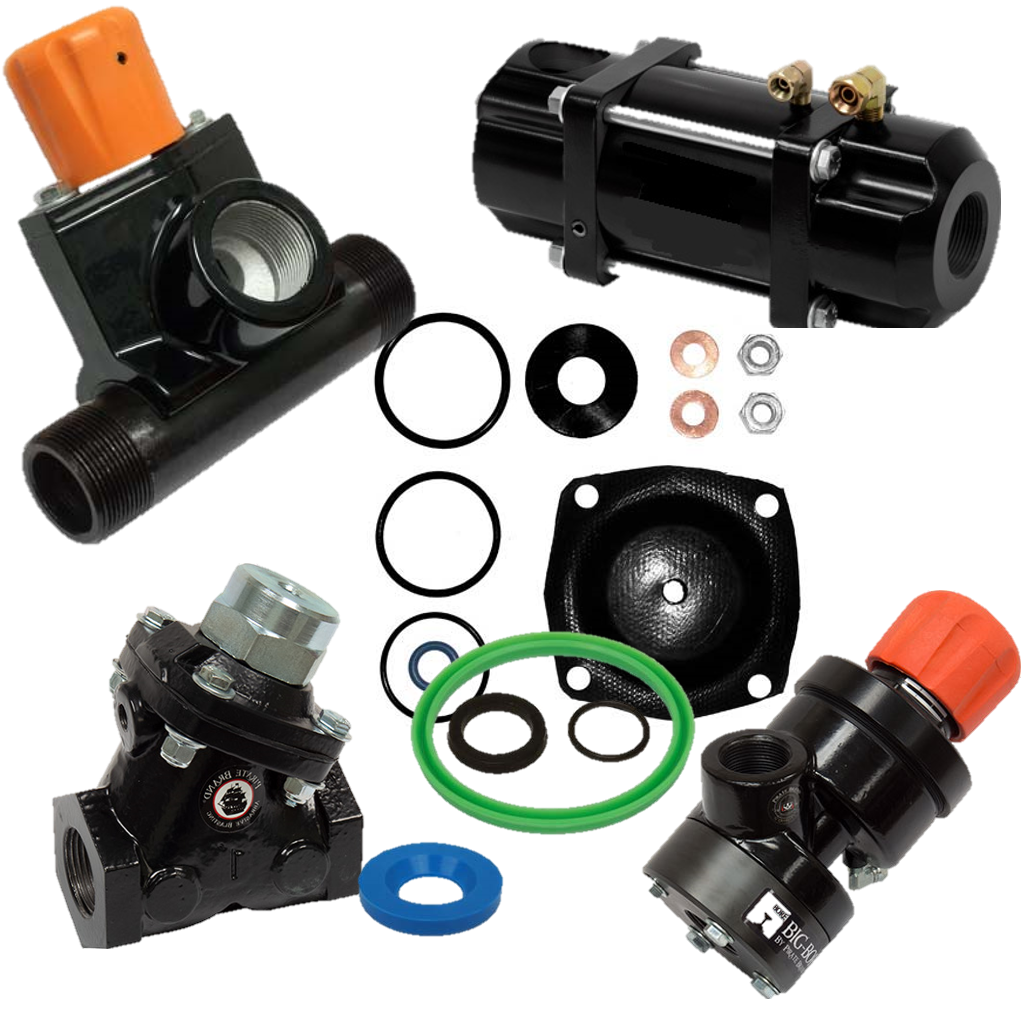 Schmidt MFG Valves and Parts
Schmidt MFG Valves and Parts